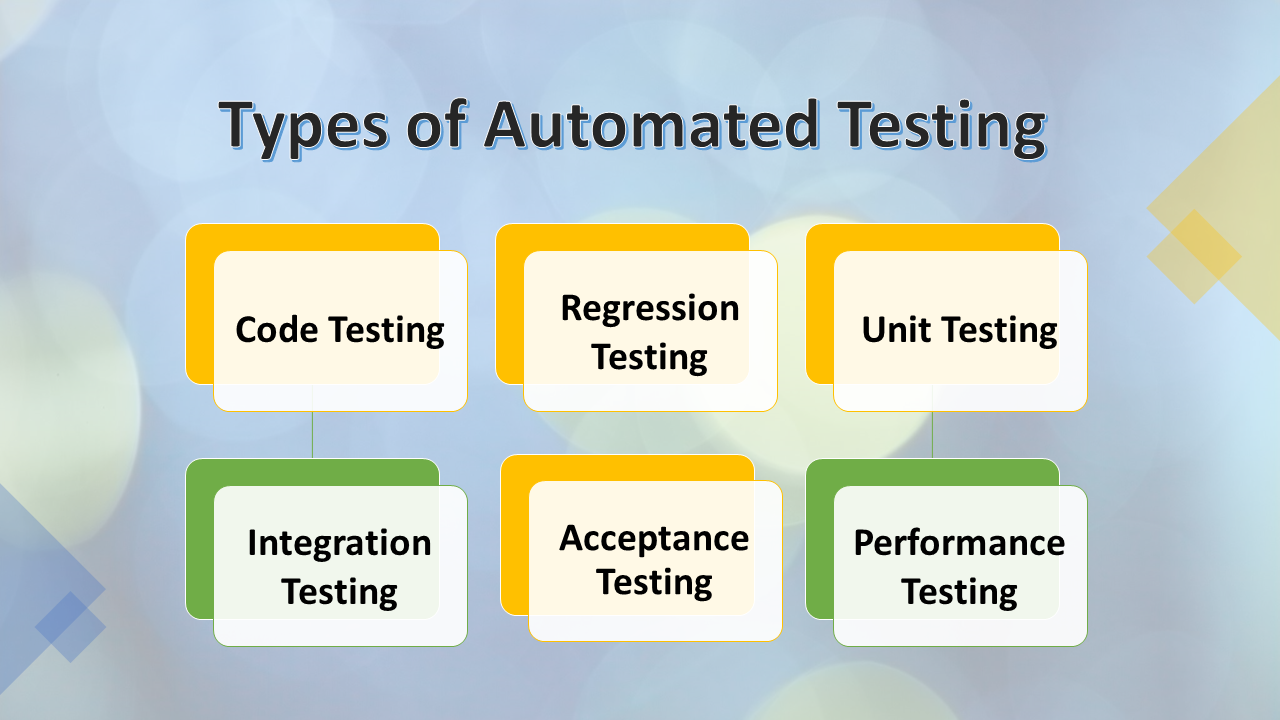From Guidebook to Automated Screening: A Comprehensive Overview to Transitioning Efficiently and Successfully
In the realm of software program testing, the change from handbook to automated procedures has come to be a progressively essential transition for companies seeking to improve effectiveness and precision in their testing techniques. The journey from guidebook to automated testing is not without its obstacles, but when come close to purposefully and with a clear plan in mind, the advantages can be significant.
Benefits of Automated Checking
Automated testing uses countless advantages, boosting efficiency and accuracy in software program development processes. One main advantage is the significant decrease in screening time. Automated examinations can be run concurrently on multiple devices and operating systems, considerably quickening the screening phase compared to hands-on screening. This raised efficiency enables faster comments on the top quality of the software, enabling designers to determine and resolve concerns quickly.
In addition, automated testing makes sure a greater level of accuracy in spotting flaws. Given that automated examinations follow predefined scripts, human error is minimized, causing even more trustworthy examination results. Consistency in testing is additionally boosted, as automated examinations carry out the exact same steps specifically each time they are run. This uniformity is vital in making sure that all performances of the software are thoroughly tested, lowering the chance of unnoticed insects slipping through to production.
Selecting the Right Devices

First of all, evaluate your objectives and requirements. Recognize the extent of your job, the innovations included, and the skill set of your group. This evaluation will help you determine the features and capacities you need in your screening devices.
Second of all, think about the compatibility of the tools with your existing systems and procedures. Seamless integration with your existing software program advancement lifecycle is necessary to make sure a smooth shift to automation.
In addition, evaluate the scalability and adaptability of the tools. As your screening needs evolve, the devices ought to have the ability to adjust and accommodate adjustments efficiently.
Lastly, consider the support and area around the tools. Durable support and an energetic individual community can give useful resources and help when executing automated testing. By meticulously taking into consideration these aspects, you can pick the right tools that straighten with your demands and set the phase for a successful change to automated testing.
Creating Effective Test Manuscripts

When crafting test manuscripts, it is important to think about the specific demands of the software being examined and guarantee that the manuscripts attend to all vital functionalities. Descriptive and clear naming site conventions for examination scripts and examination cases can boost readability and maintainability. Furthermore, including error handling devices within the examination scripts can aid in determining and addressing concerns immediately.
Additionally, organizing test manuscripts into modular parts can enhance reusability and scalability, decreasing redundancy and enhancing performance in test manuscript maintenance. Normal evaluations and updates to test scripts are important to equal evolving software application needs and capabilities. By complying with these principles, testers can develop effective and durable test manuscripts that add considerably to the success of automated screening processes.
Integrating Automation Into Workflows
By seamlessly incorporating automated testing tools like Selenium or Appium right into the software application growth lifecycle, teams can attain faster feedback on code adjustments, leading to quicker bug discovery and resolution. This integration permits for continuous testing throughout the growth process, making certain that any problems are recognized early on, resulting in higher software program quality. Appropriate integration of automation tools calls for collaboration between growth, testing, and operations groups to develop a unified process that optimizes performance and effectiveness in providing high-grade software products.
Guaranteeing a Smooth Shift
Successfully transitioning to automated testing entails thorough planning and careful execution to lessen disturbances and optimize effectiveness in the software program growth procedure - automation testing. To ensure a smooth transition, it is necessary to start by carrying out a detailed assessment of the current testing processes and identifying locations where automation can bring the most significant benefits. Engaging with all stakeholders at an early stage in the procedure, including designers, testers, and job supervisors, is crucial for garnering support and buy-in for the automation effort
Communication is crucial throughout this shift stage. Clear interaction of the objectives, benefits, and expectations of automated helpful site testing assists to take care of any kind of resistance or problems that might arise. In addition, giving adequate training and resources for team members to upskill in automation devices and techniques is essential for making certain an effective change.

Final Thought
Finally, transitioning from guidebook to automated testing supplies numerous benefits, consisting of boosted performance and integrity. By choosing the proper tools, writing efficient test manuscripts, and integrating automation flawlessly right into process, organizations can make certain a effective and smooth shift. It is necessary to accept automation as a beneficial possession in software application testing procedures to boost overall high quality and productivity.
In the realm of software screening, the shift from guidebook to automated procedures has become a progressively essential shift for organizations looking for to enhance performance and precision in their screening methods. Automated examinations can be run all at once on several gadgets and running systems, considerably speeding up the testing stage contrasted to hands-on testing. Uniformity in testing is also boosted, as automated tests implement the exact same steps specifically each time they are run.To make sure the successful execution of selected screening tools, the creation of click to investigate reliable examination scripts plays a critical function in validating the performance and performance of automated procedures - automation testing. By following these principles, testers can create robust and effective examination manuscripts that contribute dramatically to the success of automated screening procedures
Comments on “Automation Testing Frameworks: Simplifying Complex Testing Scenarios”